Gamification is one of the best ways to encourage desired behaviors among your team members, employees, volunteers, students or clients. The benefits of gamification are well-known, and it’s common to add game elements to all kinds of team activities. It’s a widely used in both a private and corporate setting.
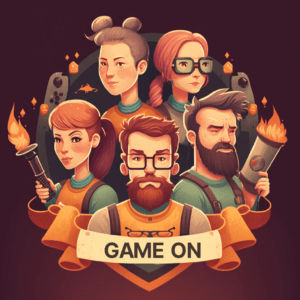
Already sold on the idea of gamifying your team experience?
👉 Jump straight to our shortlist of the best gamification tools.
What kind of projects benefit from gamification?
Workshops and Seminars: Workshops and seminars incorporate gamification to enhance learning retention. For example, a leadership workshop could include interactive case studies where participants work in teams to solve real-world challenges. Each successful solution earns points, and the team with the most points at the end of the workshop wins a leadership book or a certificate, encouraging active participation and collaboration.
Community Engagement: Gamification enhances community engagement projects. For a park clean-up event, volunteers could earn points for collecting trash or planting trees. These points could then be used to vote on which improvement projects the community should prioritize, giving participants a sense of ownership and impact.
Museums and Exhibitions: Museums integrate gamification to engage visitors and provide educational value. In an art museum, an “Art Detective” game could involve visitors solving puzzles related to paintings or sculptures using clues provided by the museum. Completing the challenges could lead to a special guided tour or a discount at the museum gift shop, enhancing the overall museum experience.
Team Building Activities: Team building activities benefit from gamification to foster teamwork and communication. An outdoor retreat might include a “Survival Challenge” where teams work together to solve tasks like building a shelter or navigating a course. Successful completion of each challenge earns team points, creating a sense of achievement and strengthening team bonds.
Health Challenges: Health organizations use gamification to promote healthier lifestyles. A community walk for a cause could be turned into a “Step Quest,” where participants track their steps using a dedicated app. As they hit milestones, they unlock rewards like water bottles, t-shirts, or even local business discounts, encouraging more people to join and stay active.
Fitness Classes: Fitness classes leverage gamification to boost motivation and engagement. For instance, a gym might introduce a “Fit Challenge” where participants earn virtual badges for completing different workouts within a certain time frame. Those who achieve a certain number of badges can receive rewards like free classes or exclusive merchandise. This encourages regular attendance and pushes individuals to achieve their fitness goals.
Retail and Events: Retailers and event organizers use gamification to attract customers and create memorable experiences. In a retail store, a “Treasure Hunt” event might involve customers finding hidden QR codes around the store to scan with their smartphones. Each code unlocks a discount, and those who find all codes are entered into a grand prize draw. This not only drives foot traffic but also turns shopping into an interactive adventure.
Tourism and Travel: In tourism, guided tours become interactive adventures through gamification. In a historical city, a “Time Traveler’s Quest” could involve tourists solving historical riddles at different landmarks. Successfully solving each riddle reveals a clue to the next location, culminating in a final reward like a guided tour of a historic site.
Gamification ideas for your team
- Mystery Missions: Assign secret missions to team members, each with a unique goal. For example, one mission could be to anonymously compliment a colleague’s work. Completing missions earns points and encourages positive interactions.
- Survivor Challenge: Divide the team into tribes and assign them tasks related to their roles. Each successful task earns points. The tribe with the most points wins a team-building day out or a special treat.
- Quest for Knowledge: Create a treasure map with clues that lead to hidden information around the office. Team members solve the clues to learn more about the company’s history, values, and milestones.
- Fantasy Football Office League: Adapt the concept of fantasy sports to work tasks. Team members draft projects instead of players and earn points based on project successes, encouraging strategic project selection.
- Innovation Tournaments: Organize innovation tournaments where teams compete to develop the most innovative ideas. Teams pitch their concepts, and a panel of judges awards points for creativity and feasibility.
- Time-Travel Team Building: Transport the team to different eras or fictional worlds through themed challenges. Each challenge completed earns them a piece of the puzzle, with the final puzzle revealing a surprise.
- Emoji Feedback: Use emojis to gather quick feedback during meetings. Team members can respond with appropriate emojis to express their opinions, and each emoji carries a point value. This encourages engagement and concise communication.
- Interactive Workshops: During workshops or training sessions, turn content into interactive games. Use audience response systems or mobile apps to quiz participants and award points for correct answers.
- Personal Development Quests: Encourage personal growth by assigning quests related to individual goals. For instance, someone aiming to improve public speaking could earn points for participating in meetings or presentations.
Choosing gamification software for your project
There are many team gamification apps available on the market. These can help you gamify anything: from to-do tasks at work to adventure challenges at leisure.
Most of these apps gamify a specific thing in a certain setting. For example, Nitro is an app meant for engaging corporate employees that use the Salesforce CRM. Duolingo is an app for making language learning fun and competitive.
But what if you want to gamify something else? Here are four fun apps that let you gamify.. Well, anything at all.
Best gamification platforms for gamifying anything
Zelos
Zelos is a private team gamification app that lets you create a list of tasks for your team members. These can be simple challenges, tasks with a deadline or scheduled shifts with a fixed timeframe.
You can assign points for each task completed or each hour worked, and display leaderboards for custom time periods. To make sure that everyone has a chance to win, you can run parallel competitions for multiple groups.
You can also rename points according to what makes sense to your game . For example you could hand out cookies or tokens.
Zelos has a fully functional free package, and you can subscribe to paid packages to gain access to advanced features. For larger projects you can also order your own branded game app.
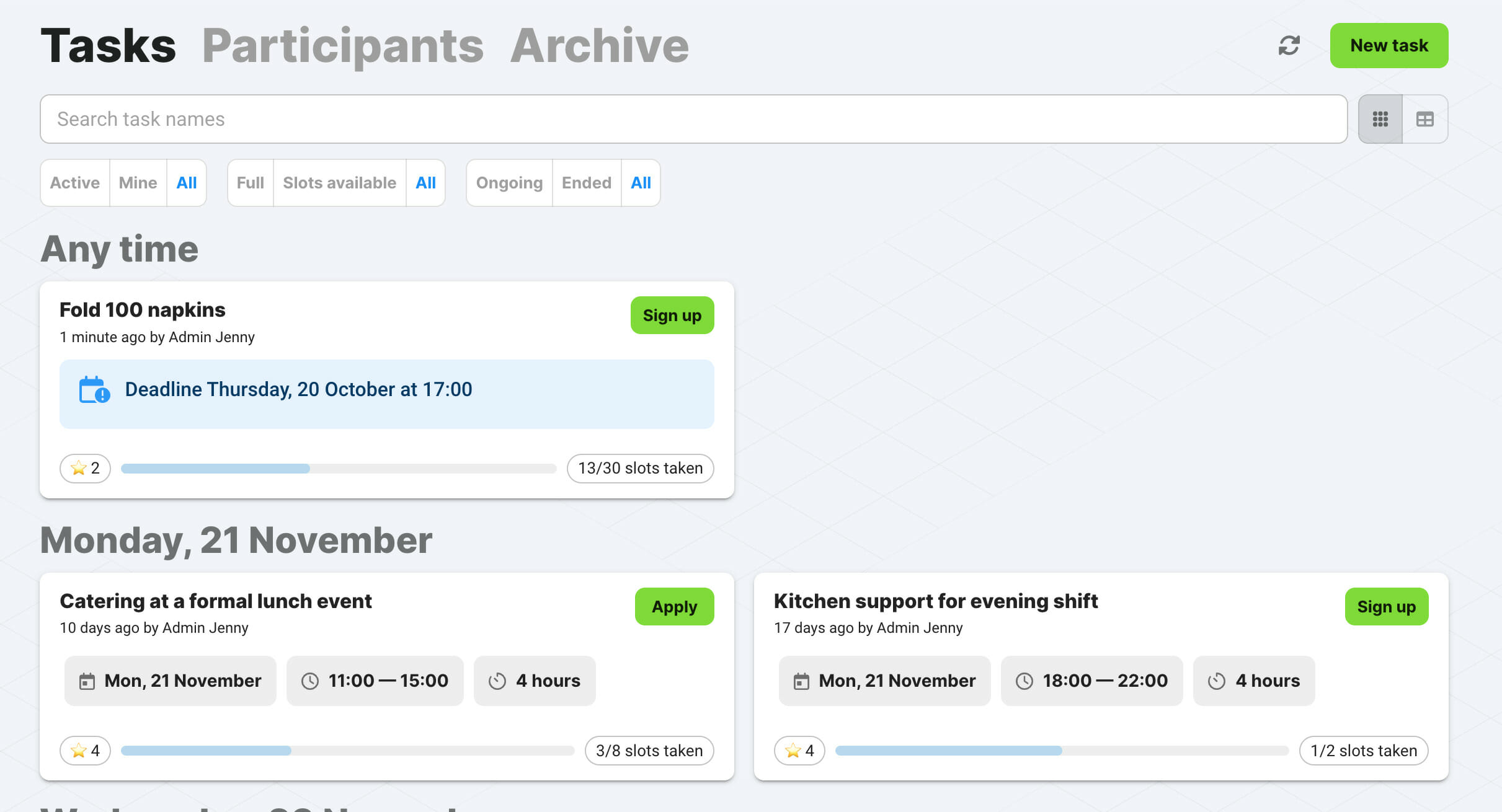
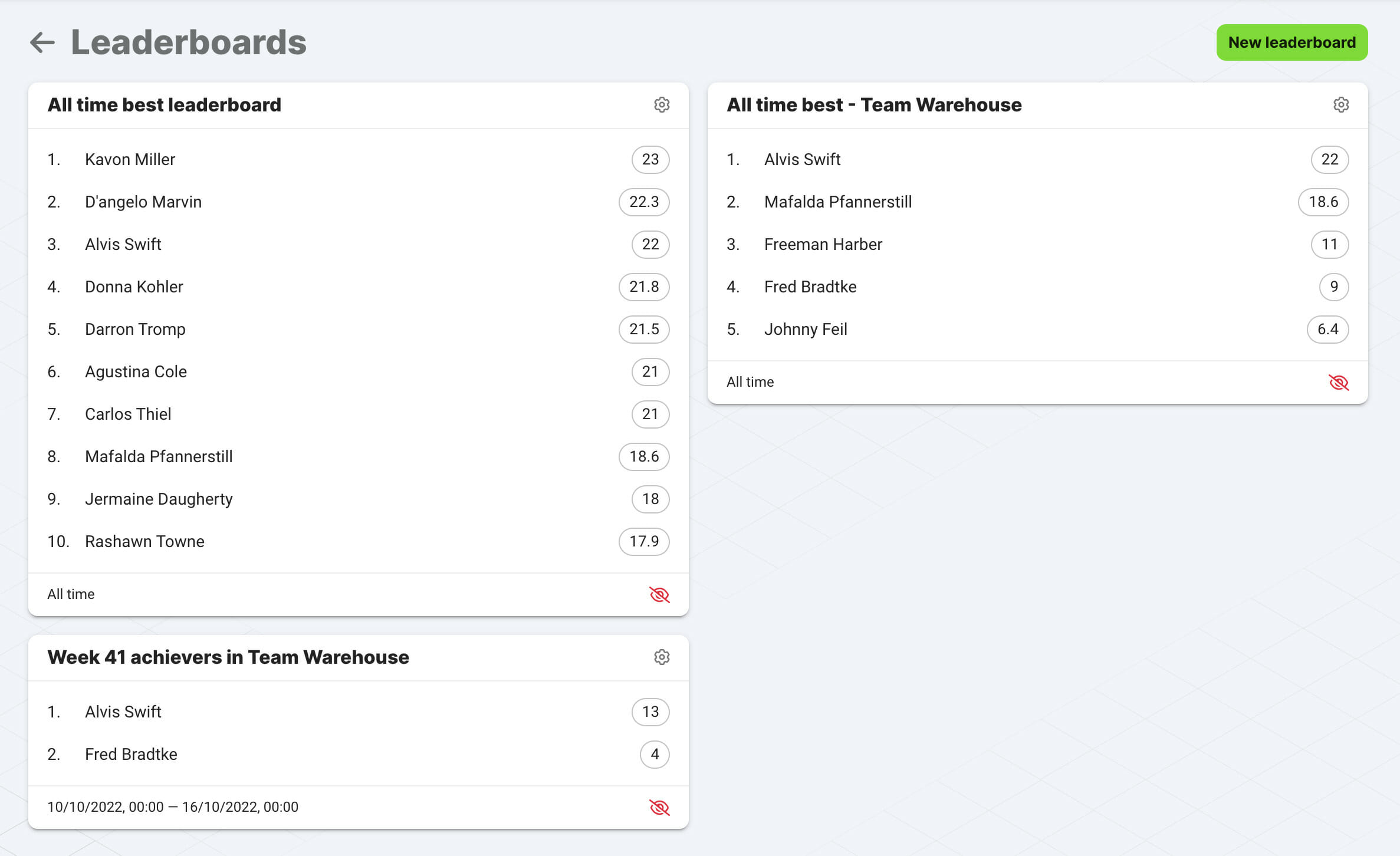
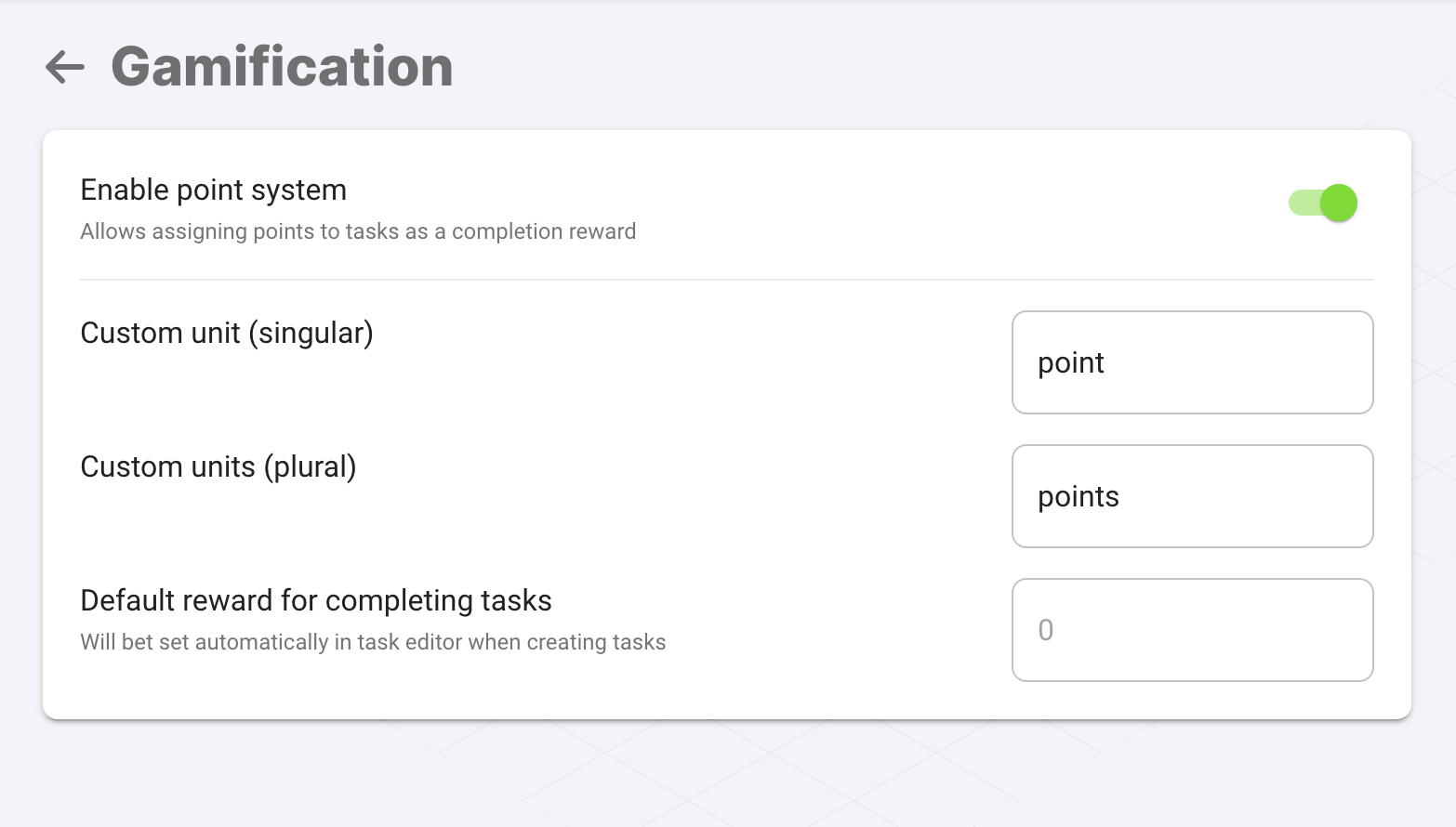
Gametize
Gametize lets you create an online game experience for anyone – projects can be public or private. You can group multiple challenges under a single topic, and hand out points and achievement badges for completing the required steps. You can also set up a reward system and a shop where players can exchange their points for actual items.
The gamification app offers a wide selection of templates. It’s easy to set up a game with their pre-filled content if you’re out of inspiration. Users can also complete Gametize challenges multiple times. This is great for practicing recurring habits and routines.
Gametize lets you test the software with a 7-day trial. Their pricing starts from 100 USD / month, and multiple other packages are available with custom apps and enterprise support.
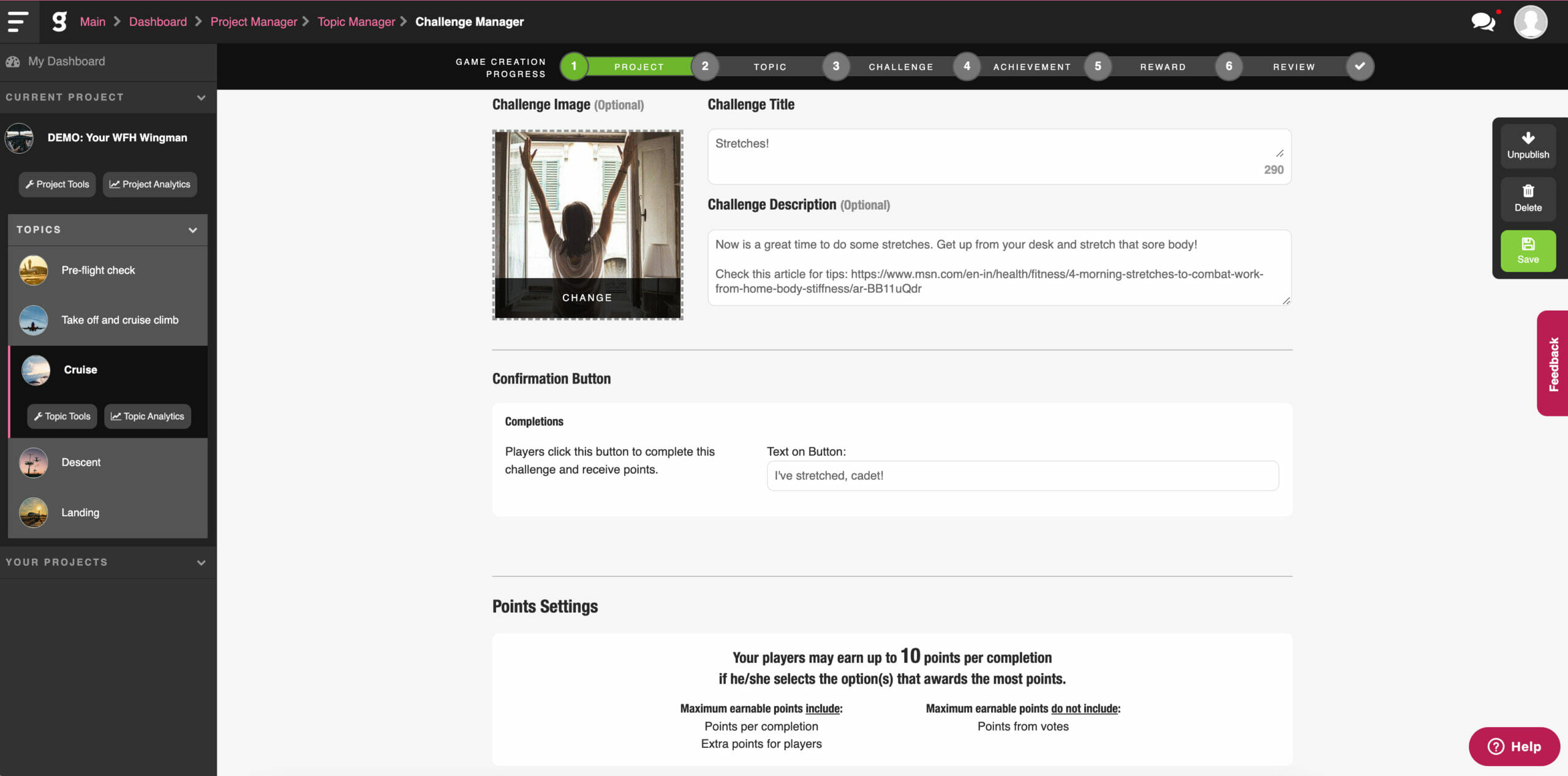
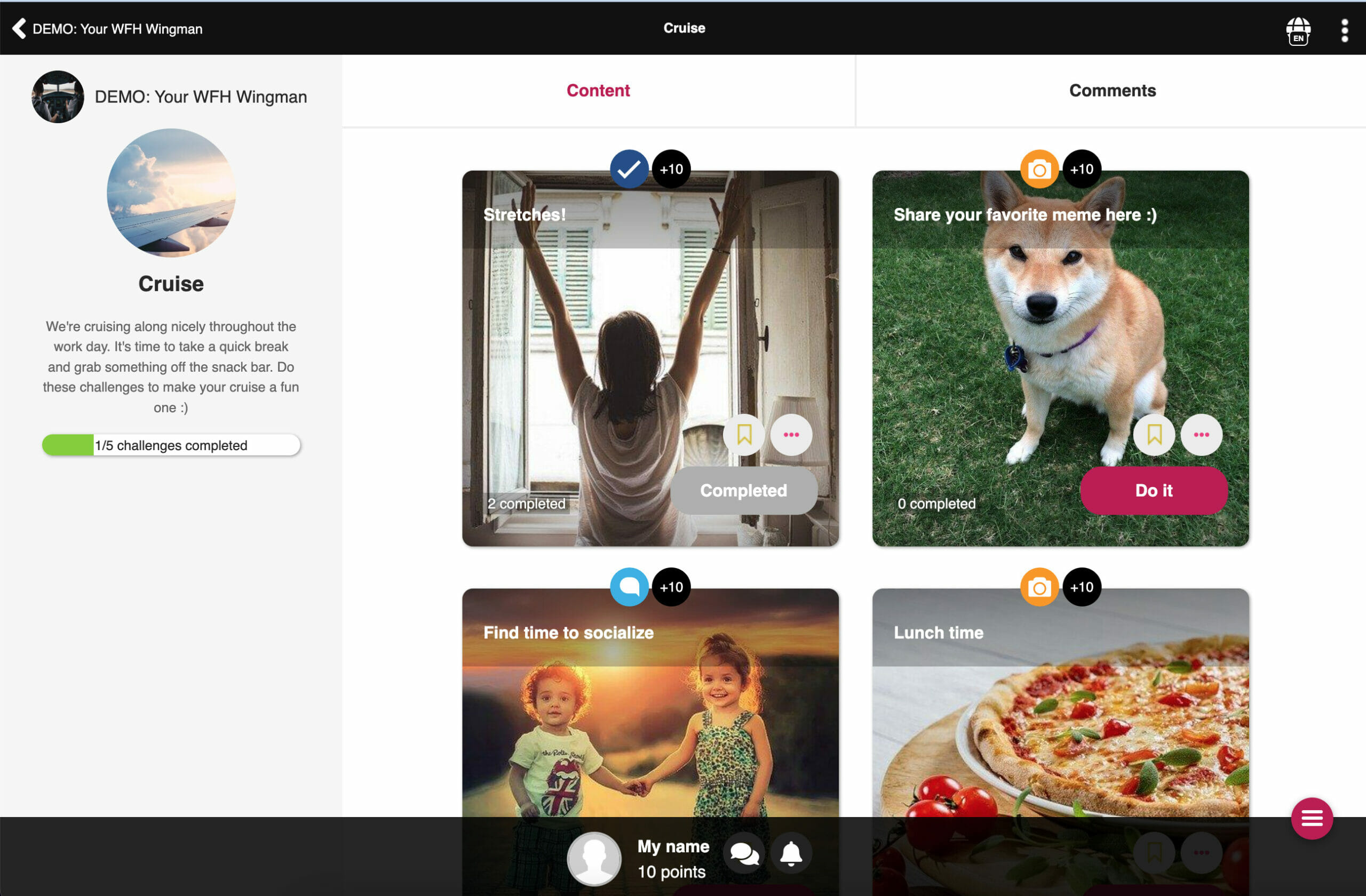
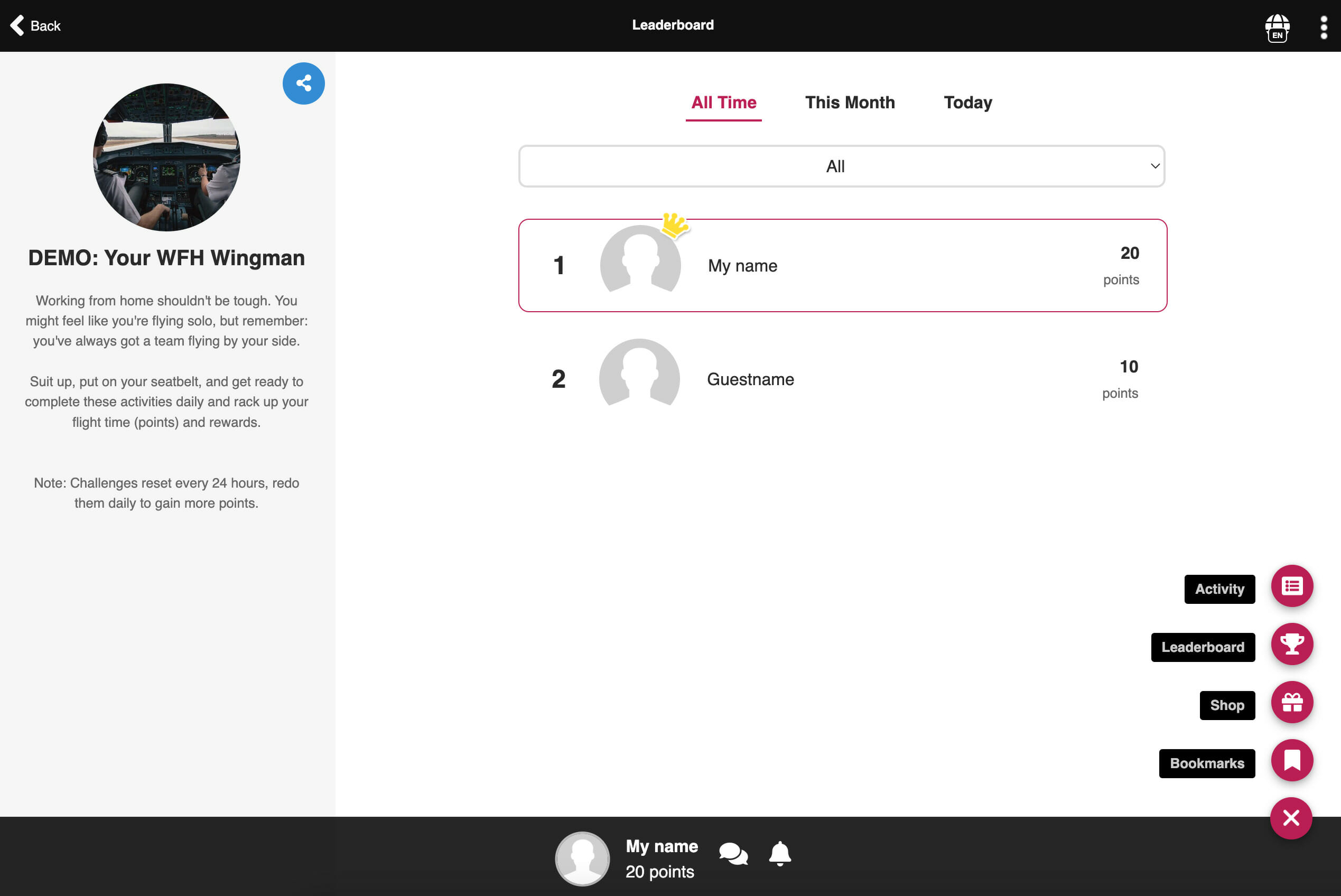
Pointagram
Pointagram is a gamification app where quests can be one-time or recurring, and they can have start and end times. You can also request players to fill in forms and quizzes for each quest. There are many built-in integrations including Zapier, so it’s easy to connect Pointagram to your existing software stack.
The leaderboards on Pointagram are very versatile, and can be set up to display both individual and collaborative progress. You can also set up a reward shop where players can exchange their points for actual items.
Pointagram pricing starts from 4 EUR / player, but you can also choose an unlimited monthly plan.



Loquiz
The strength of Loquiz is gamifying anything location-based. Tasks and challenges can be pinned on a map, and solved only in the vicinity of the pin. Players can answer questions or take photos to complete each challenge and earn points.
While the game building interface is quite simple, it allows to build quite complex rules about in which order tasks should be completed, and create multiple paths for completing the game experience.
Loquiz starts with a two-week trial period, then offers options of 499 EUR / month, or an ongoing bill based on the number of active players.
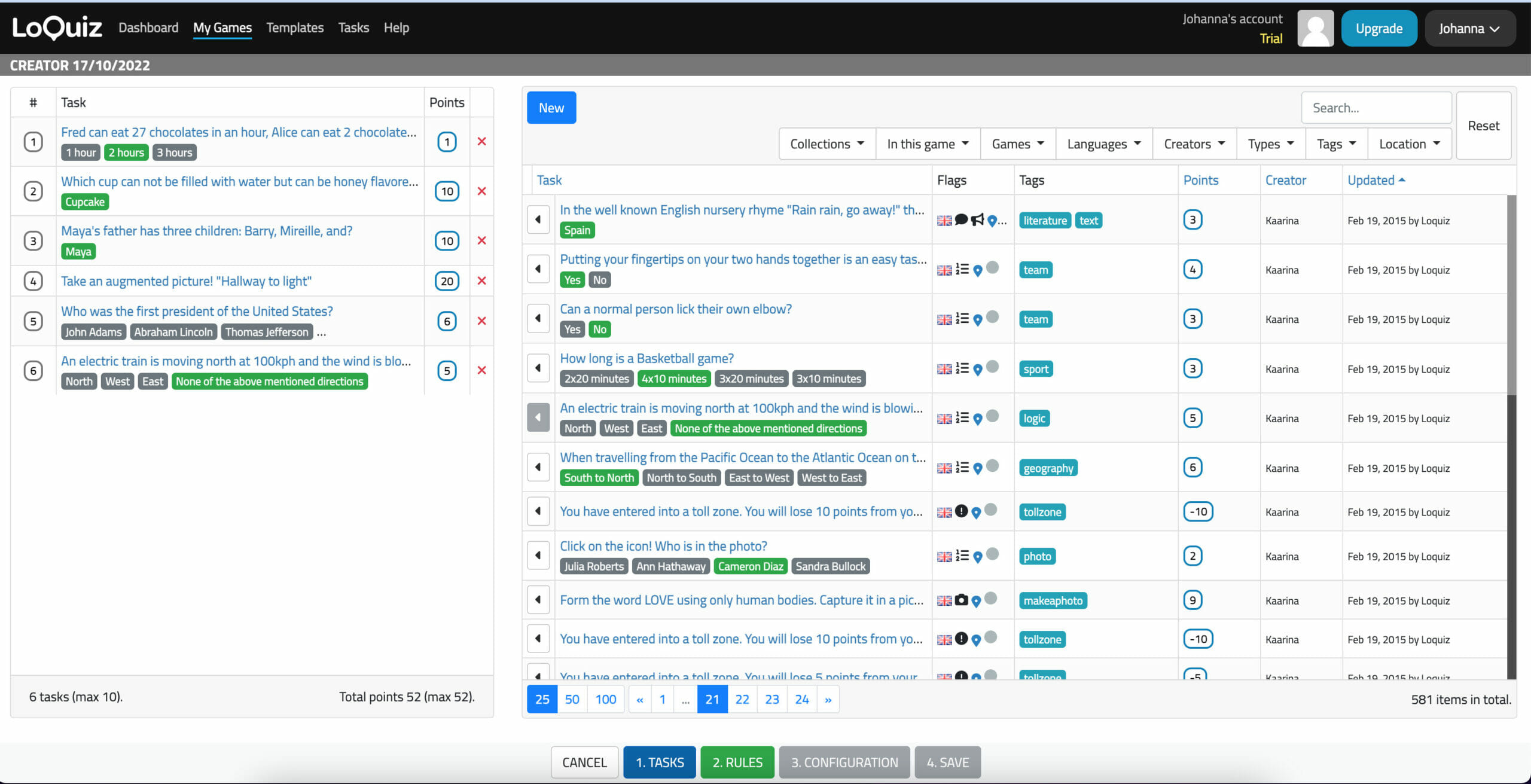
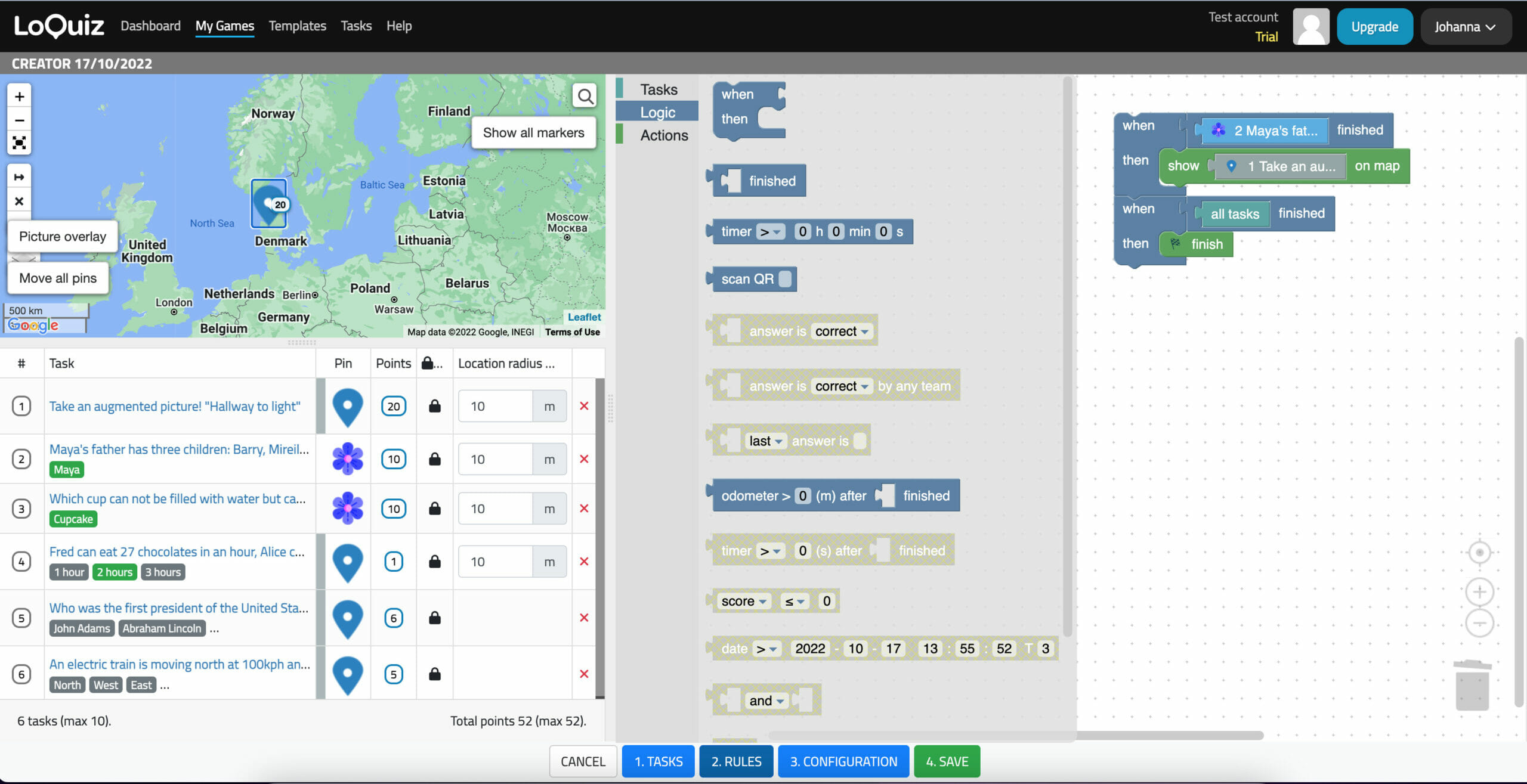
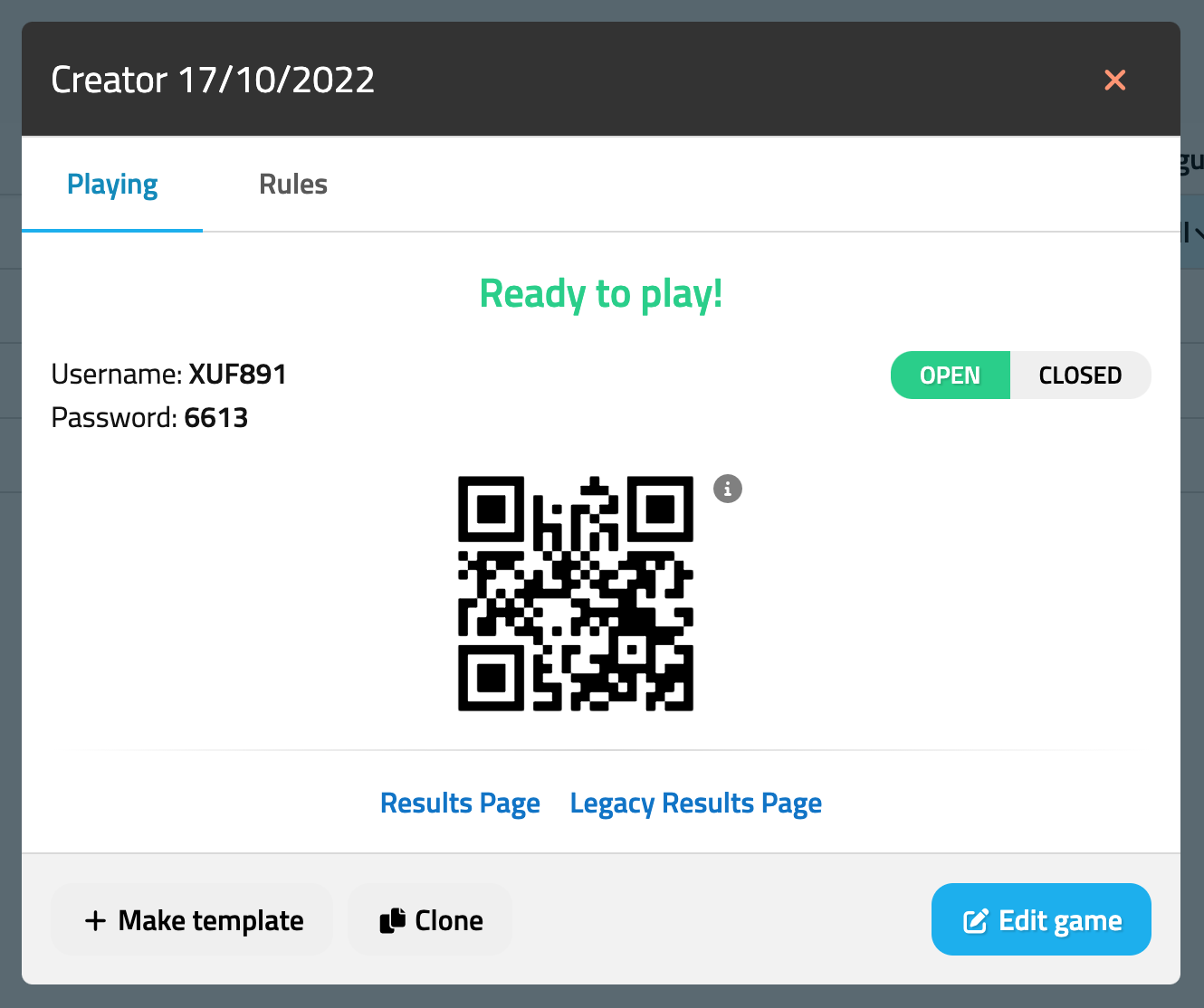
Best practices to gamify your team experience
Always define the goals and objectives clearly: communicate what the gamified experience is intended to achieve, and ensure that these goals are understood by your team members.
Tailor the experience based on the preferences, interests, and skill levels of the team members. This helps you design a gamified experience that is engaging and challenging for them.
Figure out the right rewards – provide incentives to motivate team members and try to understand how they want to be recognised for their achievements.
Remember to provide opportunities teamwork and social interaction among team members when designing the experience – exercises of collaboration and communication are a great way to bring the team closer together!
However awesome your prizes, try to avoid excessive competition. While some level of stress can be motivating, avoid creating an overly competitive environment that could undermine team morale or productivity.
Test and iterate: Pilot test your gamification app with a small group of team members and gather feedback, and use this feedback to refine and improve the experience before rolling it out to a larger audience.